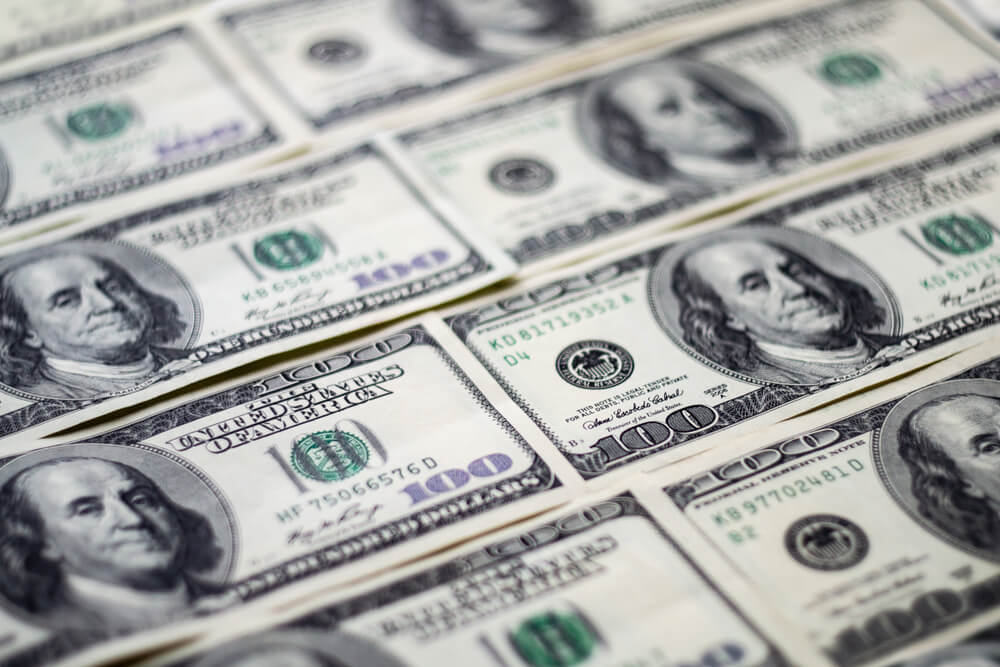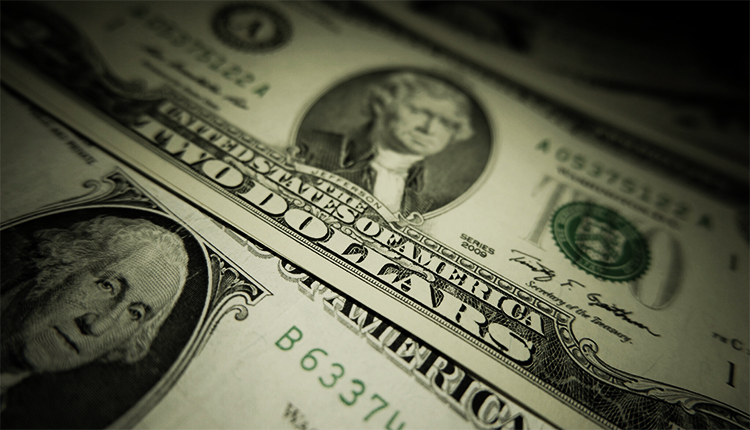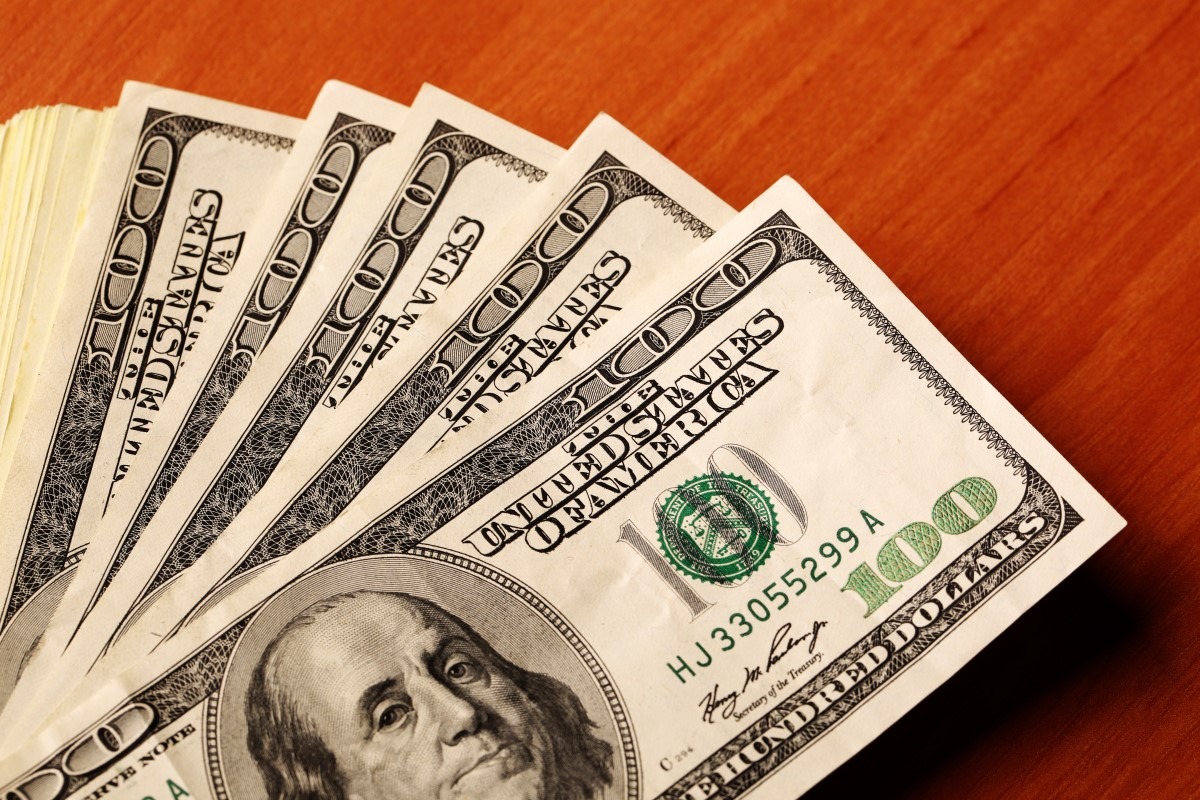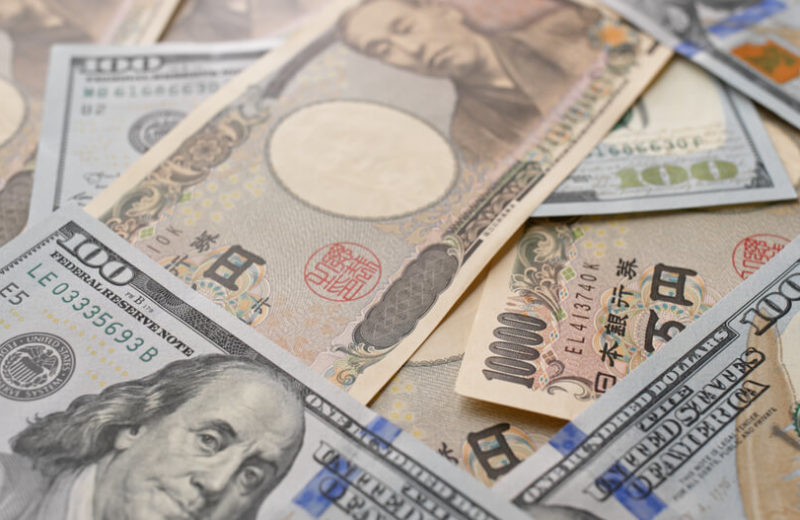Let us check the market. Against the United States dollar, the Norwegian and Swedish crowns increased to a one-month high of 9.35 and 9.15, respectively.
The New Zealand dollar, highlighting the dollar’s woes, rose to $0.6590, its highest since late January.
The euro rose to a 1-month high against the United States dollar. The British pound reached a fresh 3-week high. Furthermore, Scandinavian currencies touched a 1-month high as well.
Rallies in riskier assets, such as equities and global commodities, put a dent in safe-haven demand for the United States’ currency. Thus, the United States dollar fell against most currencies on Thursday.
Investors of all varities raised position in Chinese stocks. That was because of the growing signs of a recovery of the world’s second-largest economy. Thus, China’s yuan rose to a four-month high against the United States dollar.
German export data failed to meet the expectations of analysts. After that, the euro raised by 0.2% to $1.1355.
The United States dollar and Other Currencies
Earlier, the common currency jumped to a one-month high of $1.1371.
The British sterling rose by 0.3% to $1.2647. This is thus a three-week high.
Moreover, the Chinese yuan soared to a four-month high of 6.9809 in the offshore market. Thus, it was last up by 0.2% against the United States dollar.
Jeremy Stretch is the head of G10 FX strategy. He works at CIBC Capital Markets. Stretch said that they had seen a more generalized view back to riskier assets. Moreover, he added that the equity surge of China had been the poster child for risk-on moves around the last few sessions.
He said that Chinese shares continued their recent rally, with the blue-chip CSI300 index soaring to a five-year high on Thursday.
Stretch said that their bias for the current quarter is a two to three percent-dollar depreciation, and there is no reason to change that.
This is the current news in the United States and the market.















